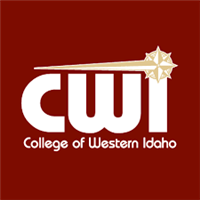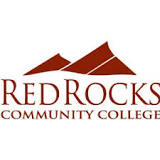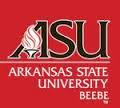What do they do?
Diagnose, adjust, repair, or overhaul small engines used to power lawn mowers, chain saws, recreational sporting equipment, and related equipment.
Also known as:
Chainsaw Technician, Golf Cart Mechanic, Lawnmower Repair Mechanic, Mechanic, Outdoor Power Equipment Service Technician, Service Technician (Service Tech), Shop Mechanic, Small Engine Mechanic, Small Engine Technician (Small Engine Tech)
-
0.6%
Change
Ranks #36 in job growth rate170Job Openings
Ranks #10 in net job growth
Colleges with the most graduates that become Outdoor Power Equipment and Other Small Engine Mechanics
Looking for colleges that offer a specific major? Use the College Match Tool to find your best-matched schools and discover your estimated Net Price!
- High school diploma equivalent (44%)
- Some college, no degree (28%)
- Less than high school diploma (12%)
- Associate's degree (11%)
- Bachelor's degree (5%)
- Master's degree (<1%)
- Doctorate or Professional Degree (<1%)
People in this career often have these skills:
- Equipment Maintenance - Performing routine maintenance on equipment and determining when and what kind of maintenance is needed.
- Repairing - Repairing machines or systems using the needed tools.
- Troubleshooting - Determining causes of operating errors and deciding what to do about it.
- Operations Monitoring - Watching gauges, dials, or other indicators to make sure a machine is working properly.
People in this career often know a lot about:
- Mechanical - Knowledge of machines and tools, including their designs, uses, repair, and maintenance.
- Customer and Personal Service - Knowledge of principles and processes for providing customer and personal services. This includes customer needs assessment, meeting quality standards for services, and evaluation of customer satisfaction.
- English Language - Knowledge of the structure and content of the English language including the meaning and spelling of words, rules of composition, and grammar.
People in this career often have talent in:
- Finger Dexterity - The ability to make precisely coordinated movements of the fingers of one or both hands to grasp, manipulate, or assemble very small objects.
- Arm-Hand Steadiness - The ability to keep your hand and arm steady while moving your arm or while holding your arm and hand in one position.
- Manual Dexterity - The ability to quickly move your hand, your hand together with your arm, or your two hands to grasp, manipulate, or assemble objects.
- Near Vision - The ability to see details at close range (within a few feet of the observer).
- Control Precision - The ability to quickly and repeatedly adjust the controls of a machine or a vehicle to exact positions.
- Visualization - The ability to imagine how something will look after it is moved around or when its parts are moved or rearranged.
People in this career often do these activities:
- Maintain repair or maintenance records.
- Inspect mechanical components of vehicles to identify problems.
- Test mechanical equipment to ensure proper functioning.
- Disassemble equipment to inspect for deficiencies.
- Maintain work equipment or machinery.
- Repair defective engines or engine components.
- Adjust vehicle components according to specifications.
- Replace worn, damaged, or defective mechanical parts.
- Repair worn, damaged, or defective mechanical parts.
- Clean equipment, parts, or tools to repair or maintain them in good working order.
- Lubricate equipment to allow proper functioning.
- Service vehicles to maintain functionality.
- Reassemble equipment after repair.
- Estimate costs for labor or materials.
- Confer with customers or users to assess problems.
- Train customers in the use of products.
- Bolt objects into place.
- Disassemble equipment for maintenance or repair.
- Position equipment using hand tools, power tools, or heavy equipment.
- Sell products or services.
- Grind parts to required dimensions.
This page includes data from:

 Occupation statistics: USDOL U.S. Bureau of Labor Statistics Occupational Employment Statistics
Occupation statistics: USDOL U.S. Bureau of Labor Statistics Occupational Employment Statistics
 Videos: CareerOneStop, USDOL/ETA and the Minnesota Department of Employment & Economic Development
Videos: CareerOneStop, USDOL/ETA and the Minnesota Department of Employment & Economic Development









